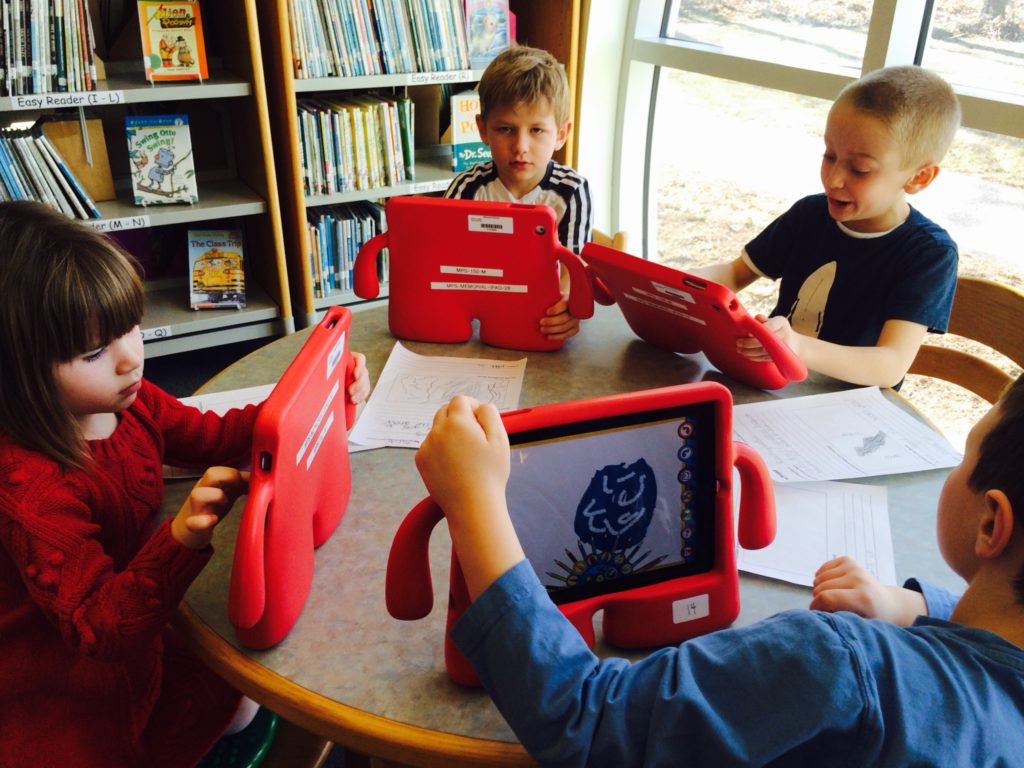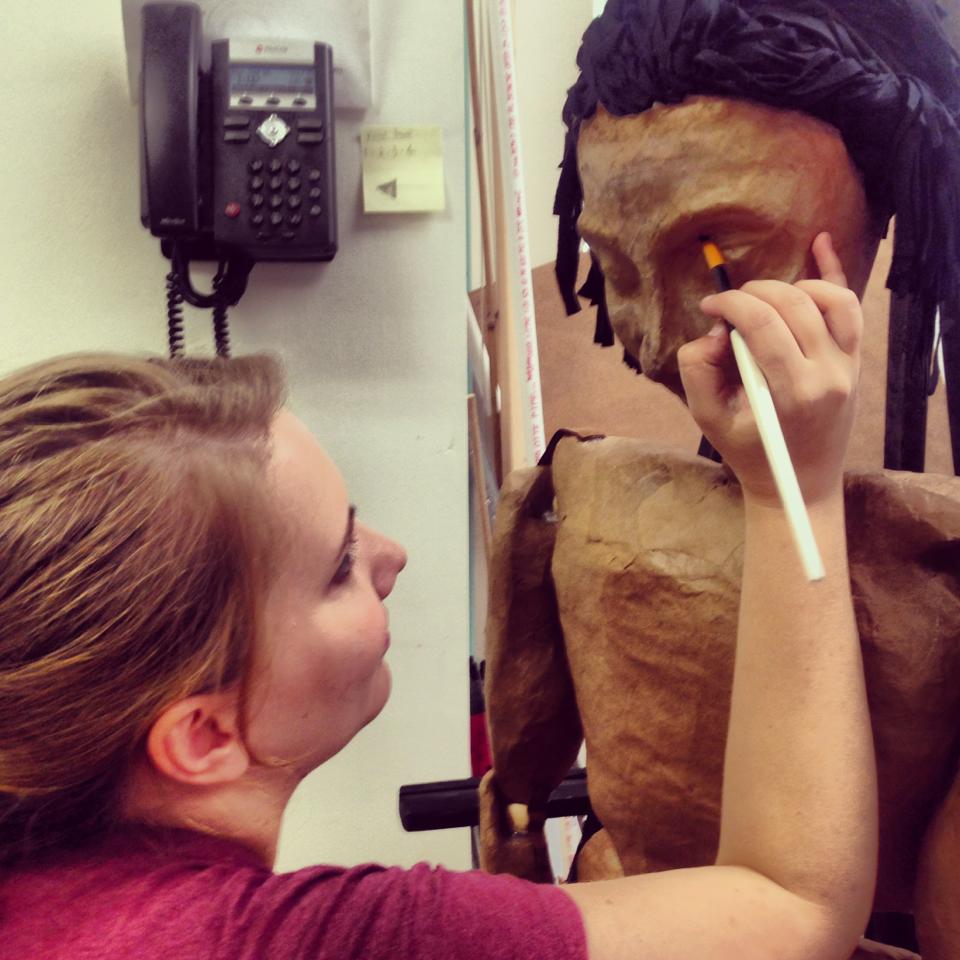 It is common from time to time for connected colleagues to send me questions for my input. Usually, it is motivated by one or more of these factors: curiosity, wanting to inform their practice, or maybe information for a paper or book they are writing. One such request came yesterday and I thought why not “feed two birds with one cracker” and just blog my response to the questions.
It is common from time to time for connected colleagues to send me questions for my input. Usually, it is motivated by one or more of these factors: curiosity, wanting to inform their practice, or maybe information for a paper or book they are writing. One such request came yesterday and I thought why not “feed two birds with one cracker” and just blog my response to the questions.
You know what? I’d love to hear your responses to these questions as well (in the comments below). These questions may seem innocent enough, but they really are foundational to shaping our philosophy of learning in a modern context.
Why is technology so darn engaging?
I like to start with the research behind a concept. It just so happens this “darn engaging” aspect has been filling up my feed recently through studies looking at both optimal screen time, technology addiction and how technology is actually rewiring our brains. (Do a quick search of any of these terms and you’ll see what I mean),
Neuroscience has revealed that dopamine – the brain chemical associated with pleasure that is released when we are stimulated, whether that is by food, sex, excitement… or screen time is the reason for the allure of technology. Enough of it and it can even be addictive. Technology is a wonderful thing if we use it properly – the trick is using it properly.
But even if dopamine wasn’t an issue, the fact that technology allows us to connect with people around the world with a few clicks of a button, graph in seconds what once took hours to do, and learn anything, anytime, anywhere we are motivated to do so – makes it an incredibly powerful draw. Technology is a nimble tool for knowledge production. It is a brilliant canvas across which we can stroke our most beautiful creations. It enables us to do things faster, smarter and make connections and comparisons that once were impossible. I mean seriously, what’s to not like? Who wouldn’t be attracted?
How is technology best used in the classroom?
Great technology use challenges kids to learn through active involvement. That’s right, kids using technology correctly in school are up moving, snapping pictures, doing a video based interview, recording an experiment or finding a “just in time” answer to a question raised in a collaborative team meeting about a group project. Best use has kids learning through problem finding and self directed experimentation with trial and error with their devices, rather than endless hours sitting behind a screen. Children who use the technology as a part of their project building or as they are inventing their own solutions to problems they are trying to solve, demonstrate effective use of technology in the classroom. Additionally, best uses of technology leverage the ability to access subject matter experts and other geographically diverse students to be part of the learning experience by streaming them and their ideas into the room. I guess if I was going to put it in a nutshell, best uses of technology in a classroom are uses that honor the learner, protect student agency, and support deep, meaningful exploration of content. Students should be using the technology to produce knowledge and to show mastery and understanding of learning – not just consuming content.
Most specifically, why is technology an effective way to bring visuals into the classroom?
Think about it, if we are personalizing learning for children then a single visual on an overhead projector just isn’t going to get it anymore. We need the ability to customize many different visuals for many different purposes. Learners ideally will all be at different places, spaces, and working on different outcomes at any given time. Visuals that meet this kind of teaching and learning experience could be brought in via tablets or laptops held by individual or small groups of children.

But even in a traditional setting, the best visuals are typically multi-modal. They are either videos, with sound or animations of some sort. Again, you need technology, even if you are going to use one projector hooked up to one laptop showing visuals that is significantly a better use than static drawings on paper or an overhead projector. Think color, sound, movement, shared meaning.
The best thing about using technology to bring visuals in the classroom is they can be student made. This provides a level of ownership to the learning that simply can’t be accomplished in most classrooms that are without technology. However, while producing visual art on a computer can involve lots of deep learning, it doesn’t hold a candle to using real paint, a real paint brush, and experimenting with various mediums in a physical context. There still are some visuals to which technology simply doesn’t hold a candle.
Latest posts by Powerful Learning Practice (see all)
- Hurry, you do not want to miss out on this… - November 3, 2020
- Resist the Urge to Quit Prematurely - October 26, 2020
- Let’s Move Past Feeling Disconnected from Your Students. Words Matter - October 24, 2020


Trackbacks/Pingbacks